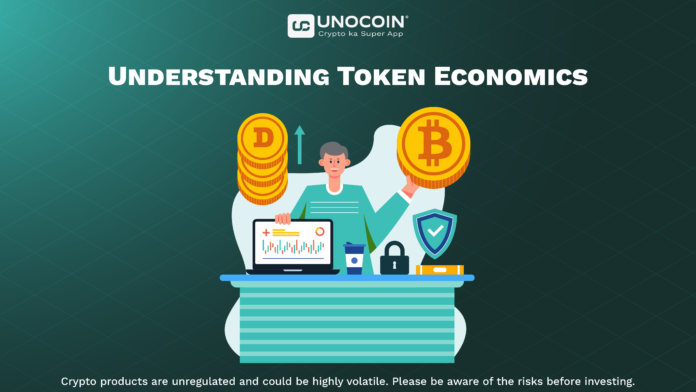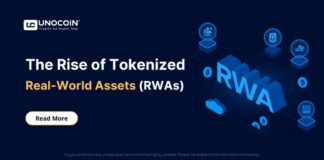Token economics refers to designing and managing the economic system surrounding a cryptocurrency or blockchain project. It covers various aspects, including token distribution, supply and demand dynamics, ecosystem utility, and user and stakeholder incentives. Understanding token economics is critical for investors, developers, and users alike, as it affects the viability, sustainability, and success of a project. Here is an overview of the key concepts in the token economy.
Tokenomics Model: The Tokenomics Model outlines the rules, mechanisms, and incentives that govern the supply, distribution, and use of tokens within the blockchain ecosystem. It defines how tokens are created, allocated, transferred and destroyed, as well as their utility and value proposition.
Token Distribution: Token distribution refers to the initial allocation and distribution of tokens among stakeholders, including developers, investors, users, and community members. A fair and transparent distribution model helps build trust and motivate participation in the ecosystem, while excessive concentration of tokens in a few hands can lead to centralization and market manipulation.
Token Utility: The utility of a token refers to its functionality and purpose within the ecosystem. Tokens can serve various functions, such as payment for goods and services, access to platform features, management rights, or incentives to participate in the network (e.g., betting or providing liquidity). A clear and compelling utility proposition increases the value and demand of tokens.
Supply Dynamics: The total supply of tokens and the rate at which tokens are issued (inflation or deflation) affects their scarcity and value. Projects can implement fixed or dynamic token supplies with mechanisms such as token burning, minting, or issuing algorithms that regulate supply and maintain price stability.
Demand Drivers: Demand for tokens is driven by factors such as adoption of the underlying platform or protocol, network usage, speculation, and investor sentiment. Projects can use strategies to stimulate demand, such as offering discounts, rewards, or exclusive access to services for token holders.
Economic Incentives: The Tokenomics design includes economic incentives to align stakeholder interests and encourage desired behavior. Incentives may include rewards for validators or miners, discounts on transaction fees, incentives for revenue farming, or revenue sharing mechanisms. Effective incentive structures support network engagement, liquidity provision and ecosystem growth.
Governance and decision-making: Many blockchain projects include governance mechanisms that allow token holders to participate in decision-making processes, such as protocol upgrades, resource allocation, or network parameter changes. Governance tokens grant holders voting rights proportional to their stake, allowing the community to shape the direction and policy of the project.
Sustainability and long-term viability: The goal of a sustainable token economy is to create a self-sustaining ecosystem that can thrive in the long-term. This requires balancing short-term incentives with the need for stability, security and resilience to external shocks or market fluctuations.
By understanding and analyzing the token economy, participants can assess the strengths and weaknesses of blockchain projects, evaluate their investment potential, and contribute to the development of robust and sustainable ecosystems.
Please find the list of authentic Unocoin accounts for all your queries below:
- Twitter: https://twitter.com/Unocoin
- Instagram: https://www.instagram.com/unocoin/
- Facebook: https://www.facebook.com/unocoin/
- LinkedIn: https://in.linkedin.com/company/unocoin
- YouTube Channel: https://www.youtube.com/c/Unocoin/videos
- Newsletter: https://medium.com/subscribe/@Unocoin_growth
- Blogs: https://blog.unocoin.com
- Telegram Group: https://t.me/Unocoin_Group
- Telegram Channel: https://t.me/+fasQhTKBsfA5N2Zl
- Telegram: https://t.me/UnocoinSupport_Bot
- E-mail id: [email protected]
- Contact details: 7788978910 (09:30 AM IST – 06:30 PM, Mon-Sat)
- App store link: https://apps.apple.com/us/app/unocoin/id1030422972?ls=1
- Playstore link: https://play.google.com/store/apps/details?id=com.unocoin.unocoinwallet
Disclaimer: Crypto products are unregulated as of this date in India. They could be highly volatile. At Unocoin, we understand that there is a need to protect consumer interests as this form of trading and investment has risks that consumers may not be aware of. To ensure that consumers who deal in crypto products are not misled, they are advised to DYOR (Do Your Own Research).







